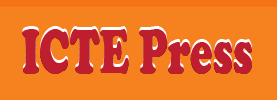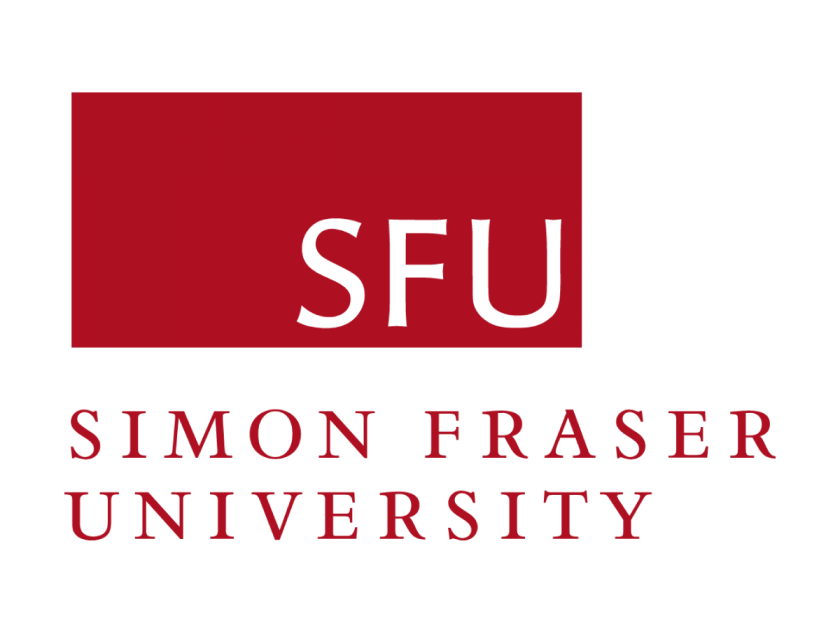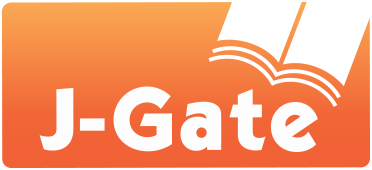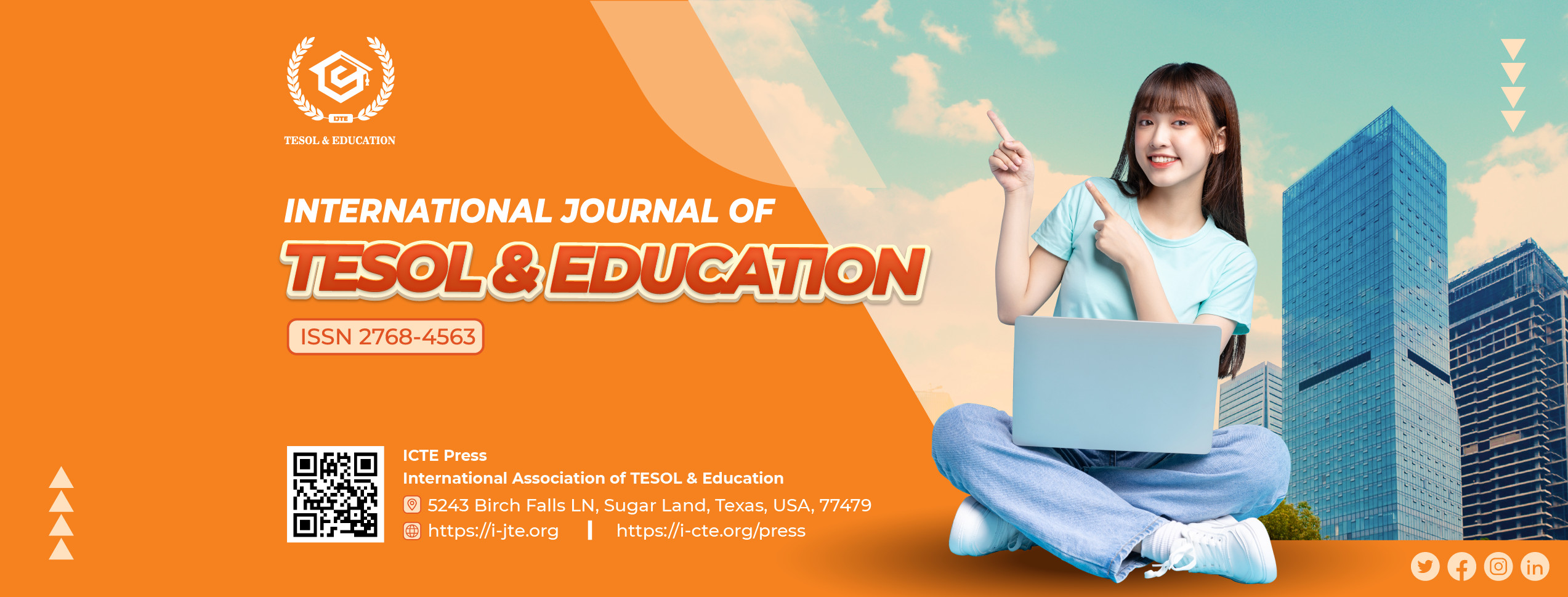Language and Knowledge Content Gaps in Students’ Academic Writing: A Case Study in University of Science and Technology- The University of Da Nang
DOI:
https://doi.org/10.54855/ijte.25526Keywords:
Language and Knowledge Content Gaps, Academic Writing, Cross-Cultural PerspectiveAbstract
This study aims to identify and bridge the major language and knowledge gaps existing in their IELTS writing task 2. A collection of 202 essays made by engineering freshmen at the University of Technology- The University of Da Nang (DUT-UDN) is interpreted and organized into two strata: (i) lexico-grammar and (ii) knowledge content stratum. The descriptive and qualitative analysis of the collected data reveals that there is a tremendous number of grammatical errors, such as tenses, conjunctions, prepositions, and others, as well as wrong word use or lexical errors on account of word-by-word translation. Particularly, this study sheds light on the challenges of a persistent absence of experience and real-world knowledge in supporting techniques to offer solid persuasion to readers within a cross-cultural perspective. It is concluded that besides teaching grammatical and lexical ranges, introducing, practicing, and reinforcing argumentation, critical reasoning, typical exemplifying, quoting, and citing statistical evidence techniques are also essential in academic essays.
References
Badger, R. (2024). Teaching and Learning the English Language: A Problem-Solving Approach. London: Bloomsbury Publishing Plc.
Beck, I. L., McKeown, M. G., & Kucan, L. (2002). Bringing Words to Life: Robust Vocabulary Instruction. New York: Guilford Press Book/Childcraft International.
British Council. (n.d). IELTS Task 2 Writing Band Descriptors (public version). Retrieved from https://takeIELTS.britishcouncil.org/sites/default/files/IELTS_writing_band_descriptors.pdf
Chin, P., Koizumi, Y., Reid, S., Wray, S., Yamazaki, Y. (2012). Academic Writing Skill 1 Student's Book. Singapore: Cambridge University Press.
Chong, S. W., & Ye, X. (2020). Developing writing skills for IELTS: A research-based approach. Oxon: Routledge.
Davies A. (2008). Assessing academic English. Testing English proficiency 1950—1989: The IELTS solution (Studies in Language Testing, 23). Cambridge University Press.
Dulay, H. C., Burt, M. K., Krashen, S. (1982). Language two. New York: Oxford University Press.
Evans, M. (2019). A Study of Academic Genre: Exploring Writing in English for University Purposes with Vietnamese Students. VNU Journal of Foreign Studies, 35(1), 63-68.
Fan, M.Y. (2000). The Dictionary Look-Up Behavior of Hong Kong Students: A Large Scale Survey. Education Journal, 28(1), 123-138.
Feng, H. (2020). Form, Meaning and Function in Collocation: A Corpus Study on Commercial Chinese-to-English Translation. New York, NY: Routledge.
Ferris, D. (2011). Treatment of Error in Second Language Student Writing, Second Edition. Michigan: The University of Michigan Press.
Ferris, D. & Hedgecock, J. (2013). Teaching L2 Composition: Purpose, Process, and Practice. New York, NY: Routledge.
Fetzer, A, Berlin, L., Weizman, E. and Berlin, L. (2015.) The dynamics of political discourse: Forms and functions of follow-ups. Amsterdam: John Benjamins
Fitzgerald, J., & Shanahan, T. (2000). Reading and writing relations and their development. Educational Psychologist, 35(1), 39–50. https://doi.org/10.1207/S15326985EP3501_5
Hamp-Lyons. (1991). Assessing Second Language Writing in Academic Contexts/ edited by Liz Hamp-Lyons. N.J.: Ablex, 1991
Hinkel, E. (2004). Teaching Academic Esl Writing: Practical Techniques in Vocabulary and Grammar. New York. Routledge
Kramsch, C. (1998). Language and culture. Oxford: Oxford University Press.
Langer, J. A., & Flihan, S. (2000). Writing and reading relationships: Constructive tasks. In R. Indrisano & J. R. Squire (Eds.), Perspectives on writing: Research, theory, and practice (pp. 112–139). International Reading Association. https://doi.org/10.1598/0872072681.5
Milton, J., Wade, J., & Hopkins, N. (2010). Aural Word Recognition and Oral Competence in English as a Foreign Language. In R. Chacón-Beltrán, C. Abello-Contesse, & M. M. Torreblanca-López (Eds.), Insights into Non-Native Vocabulary Teaching and Learning (pp.83-98). Multilingual Matters.
Nghi, N. P. A., & Truong, T. N. (2023). Difficulties of Vietnamese Students in Learning Academic Writing. International Journal of Asian Education, 4(2), 106–114. https://doi.org/10.46966/ijae.v4i2.340
Nguyen, H.N. & Nguyen, D.K. (2022). Vietnamese Learner’s Performance in The IELTS Writing Task 2: Problems, Causes and Suggestions. International Journal of TESOL & Education, 2(1), 170-189. DOI: https://doi.org/10.54855/ijte.222111.
Read, J.( 2015). Assessing English proficiency for university study. Basingstoke, UK: Palgrave Macmillan.
Sapir, E. (1921). Language: An Introduction to the Study of Speech. New York: Harcourt, Brace & World Inc
Schnoor, M. (2003). Different Types of Dictionaries. Germany: Grin Verlag Publisher.
Taylor L., Falvey P. (Eds.). (2007). IELTS collected papers: Research in speaking and writing assessment (Studies in Language Testing, 19). Cambrige: Cambridge University Press.
Truscott, J. (1999). The Case for "the Case for Grammar Correction in L2 Writing Classes": A Response to Ferris. Journal of Second Language Writing, 8(2), 111-122. https://doi.org/10.1016/S1060-3743(99)80124-6
Tran, T. T., & Truong, D. M. D. (2021). The Influence of Single-Clause Sentences on IELTS Writing Task 2 Band Score. International Journal of TESOL & Education, 2(1), 23–39. https://doi.org/10.54855/ijte2202012
Wang, C. M. (2003). The compensation hypothesis in L2 learning. Foreign Language Research, 112(1), 1-5.
Weir C. J., O’Sullivan B. (2017). Assessing English on the global stage: The British Council and English language testing, 1941—2016. Equinox.
Downloads
Published
Issue
Section
License
Copyright (c) 2025 Nguyen Thi Tu Trinh

This work is licensed under a Creative Commons Attribution 4.0 International License.
The copyright of all articles published in the International Journal of TESOL & Education (ijte) remains with the Authors, i.e. Authors retain full ownership of their article. Permitted third-party reuse of the open access articles is defined by the applicable Creative Commons (CC) end-user license which is accepted by the Authors upon submission of their paper. All articles in the ijte are published under the CC BY-NC 4.0 license, meaning that end users can freely share an article (i.e. copy and redistribute the material in any medium or format) and adapt it (i.e. remix, transform and build upon the material) on the condition that proper attribution is given (i.e. appropriate credit, a link to the applicable license and an indication if any changes were made; all in such a way that does not suggest that the licensor endorses the user or the use) and the material is only used for non-commercial purposes.
Authors retain copyright and grant the journal the right of first publication with the work simultaneously licensed under a Creative Commons Attribution 4.0 International License that allows others to share the work with an acknowledgment of the work's authorship and initial publication in this journal.
Authors are able to enter into separate, additional contractual arrangements for the non-exclusive distribution of the journal's published version of the work (e.g., post it to an institutional repository, in a journal or publish it in a book), with an acknowledgment of its initial publication in this journal.











